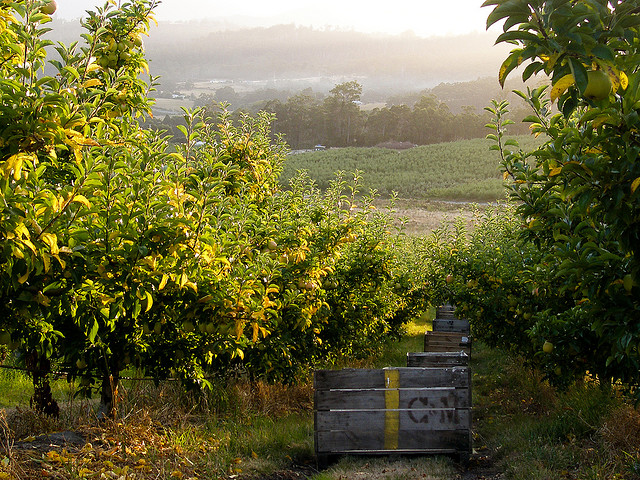“I coulda bin a contender” is the first thing that comes to mind when reading The Register’s story on how the iPhone could have been a British invention.
However the tale of British engineer Andrew Fentem and his struggles with the UK investment bureaucracy is a warning to all of those who think that government support programs are an easily solution for getting ideas to market.
Fentem’s story is a common one around the world – an inventor approaches a government agency which agrees to support the project and then bogs the entire venture down in paperwork and bureaucracy.
In some respects this is understandable as bureaucrats and politicians are deeply risk averse, which is fair when taxpayers money is involved, with the result that justifying an investment is going to be more about ticking boxes and meeting criteria rather than genuinely helping projects succeed.
During my short stint in working for a government agency every week would see at least three people contacting me about taxpayer support for their businesses.
Most of the time there was no godly reason for the government to give these folk a penny and it took the few diplomatic skills I have to politely break the news they had little prospect of getting a grant or subsidy.
Some approaches though were very good projects but usually I’d warn the inventor or entrepreneur that any support the state government would give them would come at the cost of spending hours completing irritating paper work.
My advice was that driving a cab and living on noodles for six months to raise the capital would be a better investment of their time than dealing with grey suited bureaucrats like me.
This advice didn’t always go down well, but it was better for both the taxpayer and the entrepreneur in the long run.
Well thought out government programs can do a lot of good for businesses or inventions that might not otherwise come to fruition, although many of the success stories probably have as much to do with the calibre of the public servants running the scheme as they do with the programs themselves.
In the case of Andrew Fentem and his touchscreen technology it’s almost certain that the folk at NESTA were out of their depth and far more comfortable with subsidising trips to Las Vegas for circus clowns, which in itself is a valuable lesson for governments on defining programs and supervising agencies.
Raising funds for any business or invention is a tough game anywhere in the world and assuming governments are an easy way to find money is as flawed as any other misconception about building a startup.
The moral is government money in neither free nor easy if you’re an inventor or an entrepreneur.




